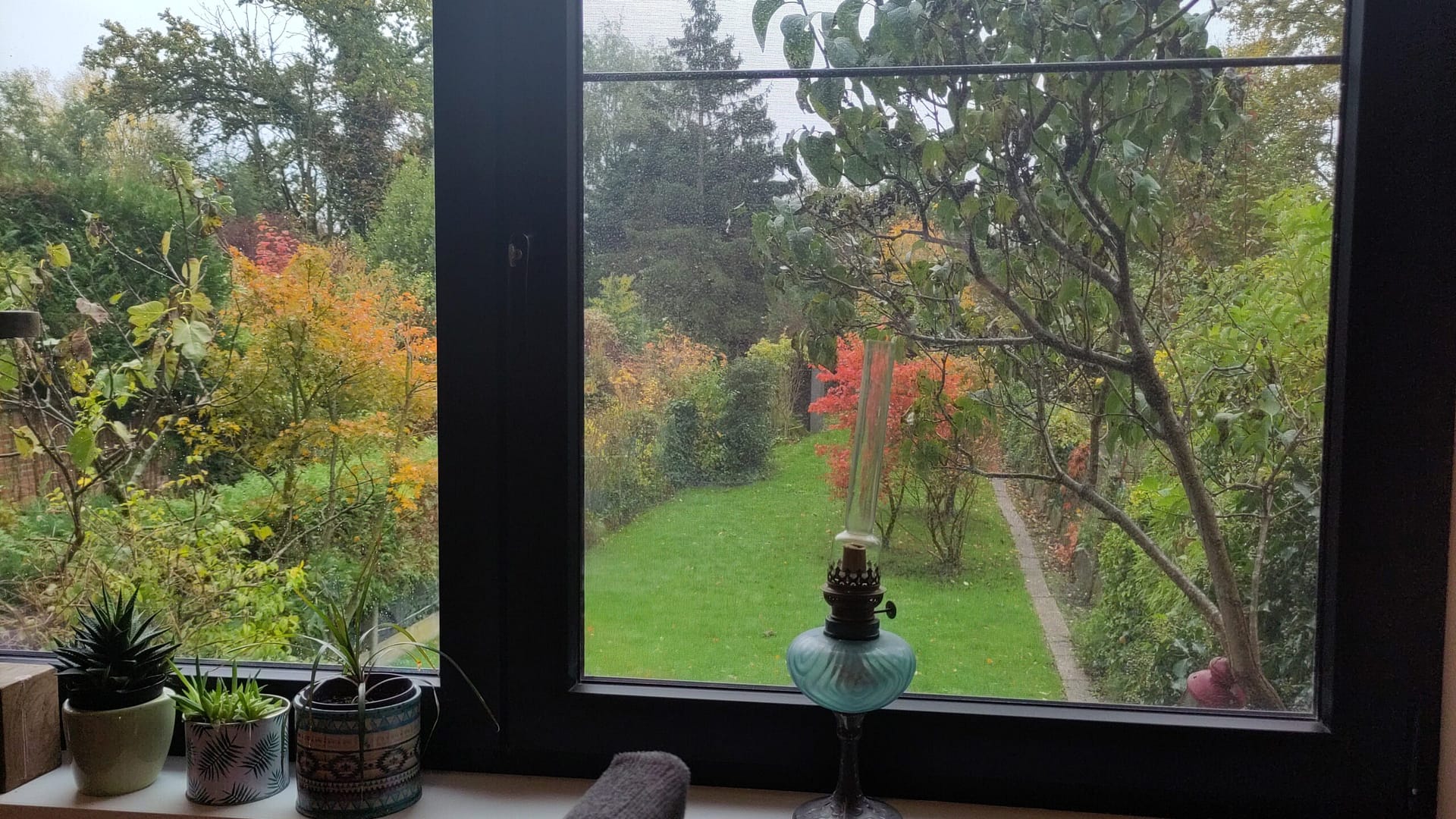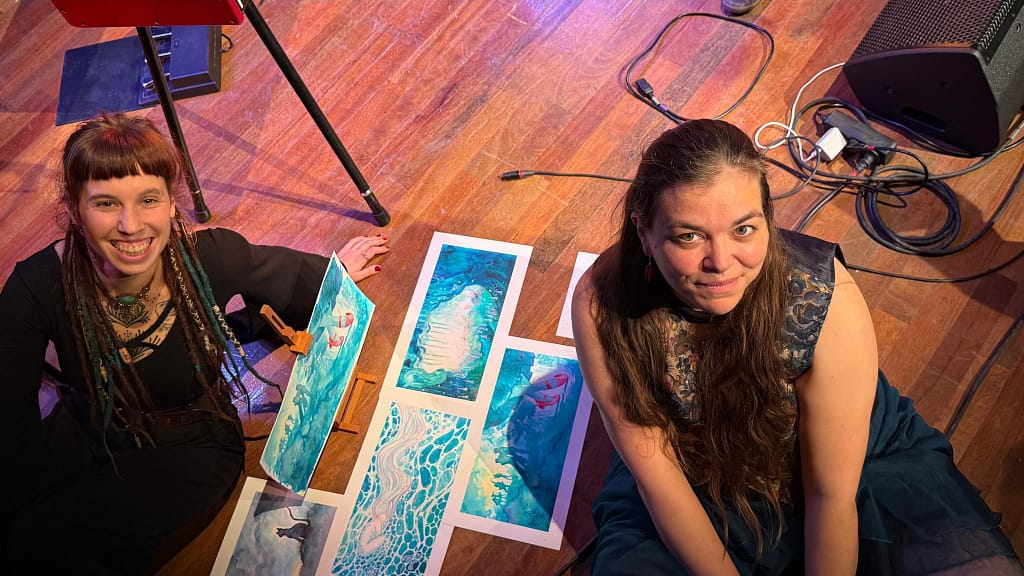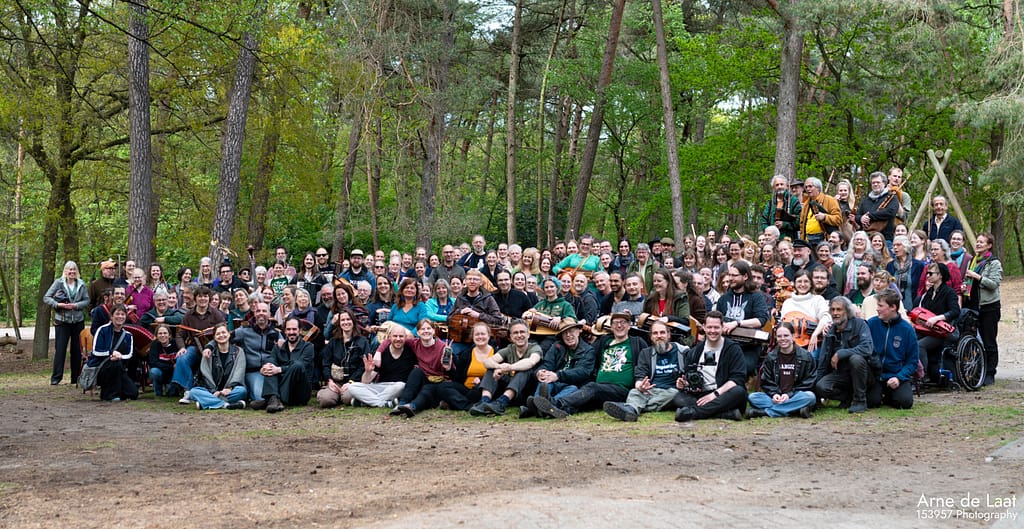Phew, We Actually Moved! 🎉
After days of boxes, labels, and that one mysterious piece of furniture that no one remembers what it belongs to, we can finally say it: we’ve moved! And yes, mostly without casualties (except for a few missing screws).
The most nerve-wracking moment? Without a doubt, moving the piano. It got more attention than any other piece of furniture — and rightfully so. With a mix of brute strength, precision, and a few prayers to the gods of gravity, it’s now proudly standing in the living room.

We’ve also been officially added to the street WhatsApp group — the digital equivalent of the village well, but with emojis. It feels good to get those first friendly waves and “welcome to the neighborhood!” messages.
The house itself is slowly coming together. My IKEA PAX wardrobe is fully assembled, but the BRIMNES bed still exists mostly in theory. For now, I’m camping in style — mattress on the floor. My goal is to build one piece of furniture per day, though that might be slightly ambitious. Help is always welcome — not so much for heavy lifting, but for some body doubling and co-regulation. Just someone to sit nearby, hold a plank, and occasionally say “you’re doing great!”
There are still plenty of (banana) boxes left to unpack, but that’s part of the process. My personal mission: downsizing. Especially the books. But they won’t just be dumped at a thrift store — books are friends, and friends deserve a loving new home. 📚💚
Technically, things are running quite smoothly already: we’ve got fiber internet from Mobile Vikings, and I set up some Wi-Fi extenders and powerline adapters. Tomorrow, the electrician’s coming to service the air-conditioning units — and while he’s here, I’ll ask him to attach RJ45 connectors to the loose UTP cables that end in the fuse box. That means wired internet soon too — because nothing says “settled adult” like a stable ping.
And then there’s the garden. 🌿 Not just a tiny patch of green, but a real garden with ancient fruit trees and even a fig tree! We had a garden at the previous house too, but this one definitely feels like the deluxe upgrade. Every day I discover something new that grows, blossoms, or sneakily stings.

Ideas for cozy gatherings are already brewing. One of the first plans: living room concerts — small, warm afternoons or evenings filled with music, tea (one of us has British roots, so yes: milk included, coffee machine not required), and lovely people.
The first one will likely feature Hilde Van Belle, a (bal)folk friend who currently has a Kickstarter running for her first solo album:
👉 Hilde Van Belle – First Solo Album
I already heard her songs at the CaDansa Balfolk Festival, and I could really feel the personal emotions in her music — honest, raw, and full of heart.
You should definitely support her! 💛
The album artwork is created by another (bal)folk friend, Verena, which makes the whole project feel even more connected and personal.

📸 Valentina Anzani
So yes: the piano’s in place, the Wi-Fi works, the garden thrives, the boxes wait patiently, and the teapot is steaming.
We’ve arrived.
Phew. We actually moved. ☕🌳📦🎶

